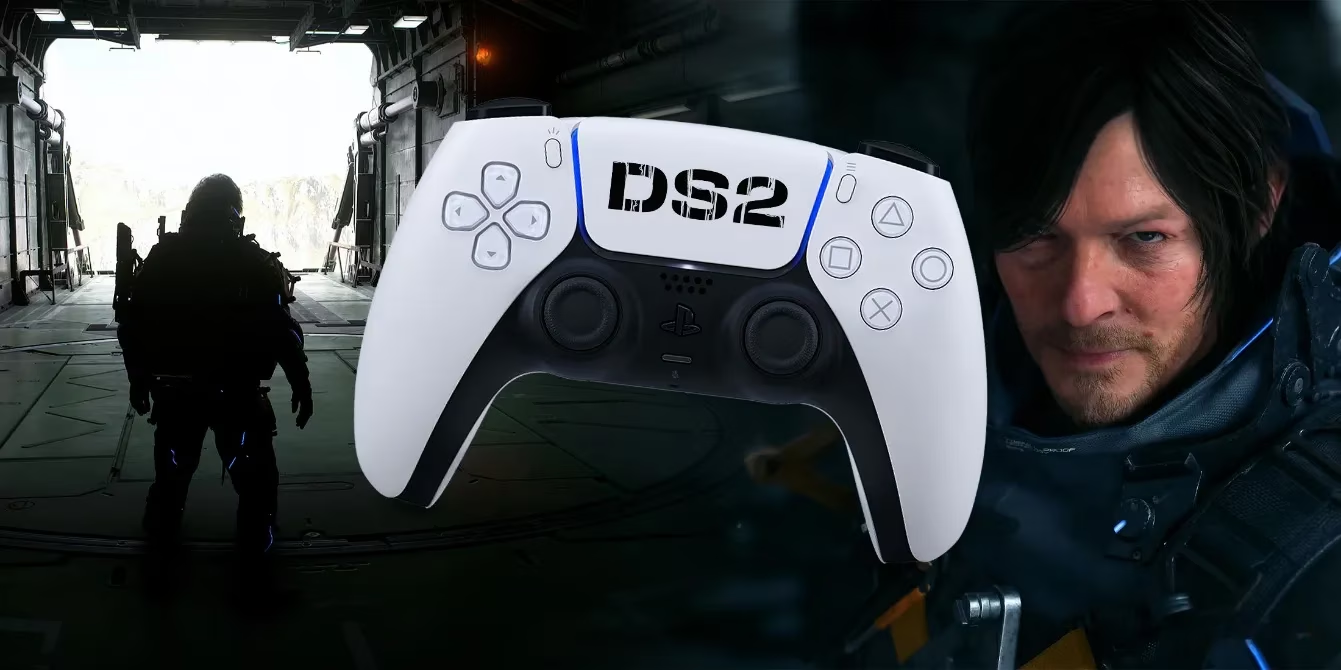Death Stranding 2's Revolutionary DualSense Integration
Experience immersive gameplay with PS5 DualSense's haptic feedback and adaptive triggers in Death Stranding 2, transforming virtual struggles into visceral sensations.
The PS5 DualSense controller has consistently redefined gaming immersion since its launch, earning universal acclaim for its haptic feedback and adaptive triggers that transform gameplay into visceral physical experiences. Death Stranding 2: On the Beach elevates this technology to unprecedented levels, meticulously weaving the controller into Sam's journey across desolate landscapes. Players don't just control Sam—they physically embody his struggles through vibrations echoing beneath his boots and triggers mirroring the weight of survival. This symbiotic relationship between player and protagonist creates an almost meditative connection, where every gust of wind or cargo shift resonates through the palms. Hideo Kojima's vision of the controller as a narrative device rather than mere input tool manifests spectacularly here, blurring lines between digital and tactile realities in ways few games dare attempt.

🌄 Feeling the Earth Beneath Sam's Boots
Death Stranding 2's Australian and Mexican terrains become astonishingly tactile through the DualSense's haptic capabilities. Where standard controllers provide rumble, this masterpiece translates:
-
Desert sands into granular vibrations that shift intensity with stride depth
-
Rocky inclines into jagged, rhythmic pulses against the palms
-
Muddy wetlands into thick, suction-like resistance patterns
Playing through a sandstorm sequence triggers chills when phantom raindrops materialize as rapid, pinpoint taps across the controller surface. One can't help but physically recoil when trudging through tar-like substances, the haptics generating a palpable sensation of weight dragging down each step. This isn't feedback—it's synesthesia, converting visual desolation into somatic storytelling.
☔ Timefall: A Symphony of Sensory Terror
The game's signature rain becomes an orchestral performance via the DualSense:
| Feature | Sensory Impact | Player Experience |
|---|---|---|
| Haptic Raindrops | Delicate high-frequency taps | Feeling individual drops strike Sam's hood |
| Controller Audio | Subtle water-drip sounds | Spatial awareness of storm intensity |
| Cumulative Effect | Cascading vibration waves | Growing dread as Timefall accelerates |
During a nighttime delivery through acidic showers, the controller's gentle pitter-patter evolves into aggressive thrumming that syncs with Sam's labored breathing. These moments transform weather from background animation into an antagonist—you'll find yourself tilting the controller as if shielding it from downpours, so visceral is the illusion.
⚖️ The Crushing Weight of Survival
Death Stranding 2 weaponizes adaptive triggers to communicate physical strain:
-
Cargo overload mechanics make triggers progressively resist finger pressure when Sam nears imbalance
-
Ascending slopes introduces staggered resistance mimicking muscle fatigue
-
Environmental disasters create chaotic trigger tremors during collapses or landslides
The genius surfaces during high-stakes moments: when Sam stumbles near a cliff edge with precious cargo, triggers stiffen into near-solid blocks demanding white-knuckle pressure to prevent catastrophe. This transforms abstract "stamina meters" into something profoundly personal—you feel Sam's vertebrae compressing under kilograms of supplies through your own tendons and joints.
🔮 Beyond Gameplay: Controller as Character Arc
What lingers isn't just technical achievement but emotional resonance. During quieter moments—say, Sam resting under shelter while rain drums on the controller—you confront the loneliness of his existence through vibrations that fade like dying heartbeats. The DualSense becomes a conduit for existential themes central to Kojima's vision: isolation, connection, and the physical toll of perseverance. Players emerge from sessions not with sore thumbs, but with phantom muscle memory of journeys they never physically took.
💭 As we stand at this intersection of hardware innovation and narrative ambition, one wonders: When controllers disappear entirely into sensory illusions, will we mourn the loss of tactile boundaries—or celebrate finally touching the untouchable?